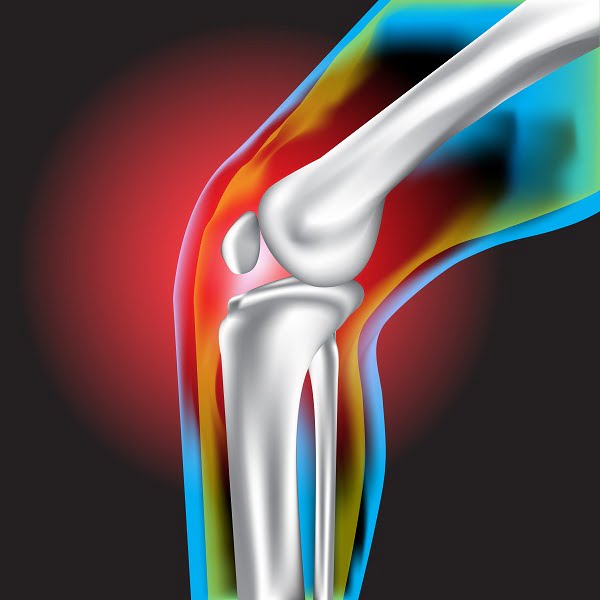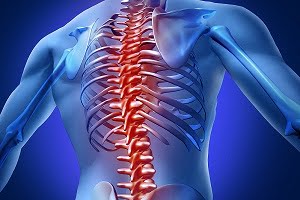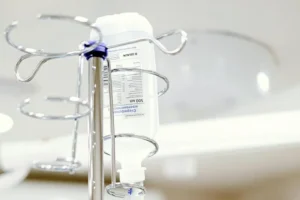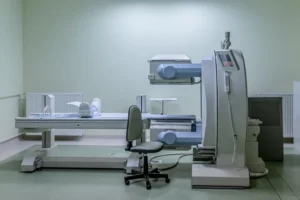What Are the Osteoporosis Symptoms and Early Signs?
- Updated on: Jul 9, 2024
- 3 min Read
By
- Published on Sep 27, 2019

Bones cannot be seen like the skin and cannot be heard like the heart and lungs. Then how we know that the bones are healthy or not? There are many signs and symptoms that may shed light on the health of the bones.
Early signs of osteoporosis
Mostly osteoporosis is not recognized in early stages and a person may not have an idea about the disease affecting him or her until he or she experiences something like a fracture after a minor incident (fall or even a cough or sneeze). But there are some signs that maybe considered as indicators of early bone loss.

Receding gums
Receding gums are quite common in people with osteoporosis. Bone loss is one of the main factors causing bleeding gums. Teeth are attached to the jaw bone and if the jaw bone density is decreasing or jaws are losing bone, gums can recede down.
Decreased grip strength
Good balance, overall muscle strength, and grip strength are the fundamentally important factors for preventing a fall. But when grip strength decreases, it leads to sudden falls. This is an indication that the bone mineral density is decreasing too.
Weak and brittle fingernails
Fingernails are the direct indications of bone health. Weak and brittle fingernails indicate unhealthy bones. Deficiency of vitamin C leads to weak and brittle nails.
Cramps, muscle aches and bone pain
With age, muscle aches and bone pains become a part of life. But these symptoms may also indicate that bones are not healthy and they are in need of some support. Muscle and bone pain is the result of severely inadequate vitamin D in the body.
Leg cramps that occur at night indicate that the levels of calcium, magnesium or potassium have dropped too low. If the situation continues for a long period, it could give rise to excessive bone loss.
Low fitness
Poor muscle strength and poor balance can lead to overall decline in physical fitness. And with a decrease in fitness, there is a decline in bone mass.
Symptoms of osteoporosis at later stages
Most of the symptoms of osteoporosis are visible at a later stage only. These symptoms are described below:
Back or neck pain
At a later stage in osteoporosis, a sudden severe back and neck pain is experienced by patients. The pain gets worse while standing and walking. The patient may also feel trouble in bending or twisting the body.
The cause of osteoporosis pain is a compression fracture of the spine. These fractures are very painful because the vertebrae that are affected by the fracture may pinch the nerves radiating out from the spinal cord. Some characteristics of the osteoporosis pain are given below:
- Pain can be mild or strong
- Pain may not spread to other areas
- Pain worsens by activities that put weight on the affected area
- Pain can be accompanied by tenderness
- Generally begins to subside in one week
- May linger more than three months
- Particularly low back pain or neck pain
Osteoporosis fractures
The most dangerous consequence of osteoporosis is the increased risk of fractures. Fractures restrict mobility and may lead to disability and early mortality.
Osteoporotic fractures occur in situations where a healthy person would not normally break a bone such as while coughing and sneezing. They are therefore also called fragility fractures. These fractures normally occur in the vertebral column, rib, hip and wrist.
Fractures of the long bones affect mobility and may require urgent surgery. Like in case of hip fracture, it usually requires urgent surgery, because it has serious risk associated with it.
Deep vein thrombosis and pulmonary embolism and increased mortality are some other risks associated with the hip fracture.
Fracture risk calculator is used to assess the risk of fracture. The risk is based on several factors like:
- BMD (Bone mineral density)
- Age
- Smoking
- Alcohol usage
- Weight
- Gender
Falls risk
With age, the risk of falling increases that leads to fractures of the wrist, spine, and hip. Along with age, the risk of falling increases by poor eyesight, balance disorder, movement disorder and dementia. Clearance of obstacles from the path and removal of loose carpets in the living environment may help reduce falls. People who have experienced previous falls are most at risk.
Loss of height
Compression fractures in the spine are the main cause of height loss. This is one of the most noticeable symptoms of osteoporosis at the later stage. Losing height is very common and is mainly due to three main factors:
- With age
- Poor posture
- Vertebral fractures
Poor posture indicates a weakening of the muscles around the spine. Weak muscles may give rise to bone loss as bone and muscle work in one unit and typically one affects the other in gaining and losing strength.
Stooped posture
The compression of the vertebrae may also cause curving of the upper back resulting in a stooped posture. A stooped back is known as kyphosis or widow’s hump. Consequences of kyphosis include:
- Back and neck pain
- Difficulty in breathing due to pressure on the airway and limited expansion of your lungs













1 Comment
It’s great that you pointed out how most of the symptoms of osteoporosis are visible at a later stage only. I heard that women are actually prone to osteoporosis, so I think my wife should take some measures in order to avoid this condition. I heard there is a BoneFit training program now, so maybe she should try it out.